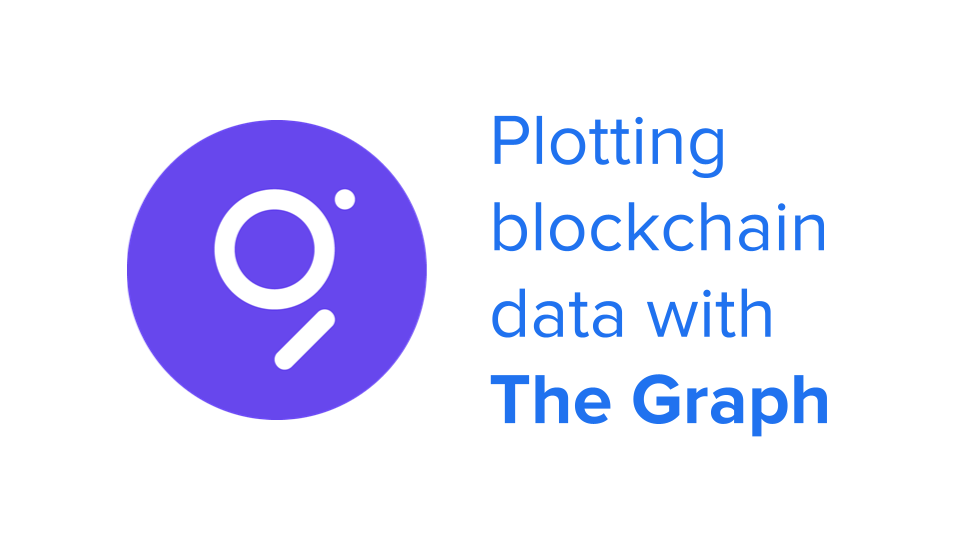Crypto’s transparency is one of its biggest selling points. It’s one of the pillars on which the vision for a trustless, decentralized economy is built. However, data is not easily understood, even if it does exist in the open-source environment. Meet the Graph, a decentralized protocol built to allow greater accessibility to blockchain data. Starting today, you can now trade GRT-INR and GRT-USDT on ZebPay!
What is The Graph?
In one sentence, The Graph is a decentralized and open-source indexing protocol for blockchain data.
In their own words, “What Google does for search, The Graph does for blockchains.”
Indexing blockchain data is hard. Especially because the properties of blockchain itself complicate this process further. The Graph’s solution is a hosted solution which indexes data, which then searches for Ethereum data through simple queries. It learns which Ethereum data to gather using a series of steps defined by the user.
You can then use a standard API call to fetch these subgraphs. In the future, the hosted service will evolve into a fully decentralized protocol with the same capabilities.
Yaniv Tal, its co-founder and CEO, wanted to make blockchain data easier to access. Tal and his co-founders had experienced firsthand how difficult it was to create new Ethereum blockchain applications. The Graph’s mission is to create applications that don’t require servers and make Web3 accessible to everyone.
How does it work?
GRT is the native token which serves as a medium of exchange within the Graph ecosystem, and a reward for community participants who act as indexers, curators, and delegators. There are several ways to contribute to The Graph’s ecosystem:
- Indexers – They stake GRT in order to provide indexing and query processing services. Indexers earn query fees and indexer rewards for their services.
- Curators – The subgraph developers, data consumers or community members who signal to Indexers which APIs should be indexed. Curators deposit GRT into a bonding curve to signal on a specific subgraph and earn a portion of query fees.
- Delegators – Individuals who would like to contribute to securing the network but do not want to run a Graph Node themselves. Delegators contribute by delegating GRT to existing Indexers and they earn a portion of query fees and indexing rewards in return.
- Consumers are the end-users of The Graph that query subgraphs and pay query fees to the Indexers, Curators and Delegators.
Total GRT supply at mainnet launch will be 10 billion tokens, and new token issuance in the form of indexing rewards will begin at 3% annually and is subject to future independent technical governance.


